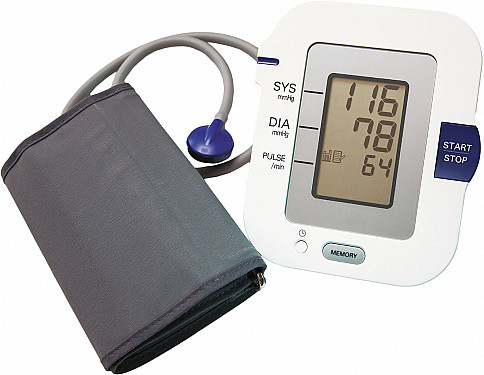Blood pressure, a basic yet critical measurement, plays a central role in diagnosing and managing cardiovascular health. But experts are raising alarms over how frequently this vital sign is measured incorrectly—often due to avoidable mistakes that most patients and even healthcare providers overlook.
A slight error in technique can lead to readings that are 10 to 20 points off the mark. In clinical terms, that’s enough to label a healthy patient hypertensive or, worse, miss signs of an imminent cardiovascular risk.
Mistakes That Inflate the Numbers
One of the most common—and least discussed—mistakes is using the wrong cuff size. A cuff that’s too small can falsely elevate readings, while one that’s too large can underestimate pressure. Medical professionals stress the importance of using a properly sized cuff based on the patient’s arm circumference.
Equally surprising is how much casual conversation during the test can throw off results. Talking can increase systolic pressure by 10 to 15 mmHg, enough to tip a borderline reading into dangerous territory.
Other errors are rooted in posture and timing. Taking a reading with crossed legs or without back and foot support can raise systolic levels. A full bladder can add another 10 to 15 points. Even holding your arm below heart level—common when sitting on an exam table—can significantly skew outcomes.
Timing Is Everything
Blood pressure is a dynamic metric, changing in response to activity, stress, meals, and stimulants like caffeine or nicotine. Measuring too soon after physical activity or a coffee break can yield falsely high results. Doctors recommend waiting at least 30 minutes after eating, smoking, or exercising to ensure accuracy.
Moreover, relying on a single reading—especially in a clinical setting—can be misleading. Some patients experience “white coat hypertension,” a temporary spike due to anxiety. Others exhibit “masked hypertension,” where readings appear normal in the clinic but spike at home. Multiple readings over time, particularly with home monitoring, provide a clearer picture.
The Need for Better Habits—and Awareness
The implications of inaccurate readings go beyond a flawed diagnosis. Patients may be prescribed unnecessary medication, suffer from side effects, or be lulled into a false sense of security when their true blood pressure remains dangerously high.
Health experts are urging both patients and healthcare workers to treat blood pressure measurement as a procedure, not a formality. That means taking five minutes to sit calmly, avoiding conversation, supporting the back and feet, and placing the arm at heart level—every single time.


